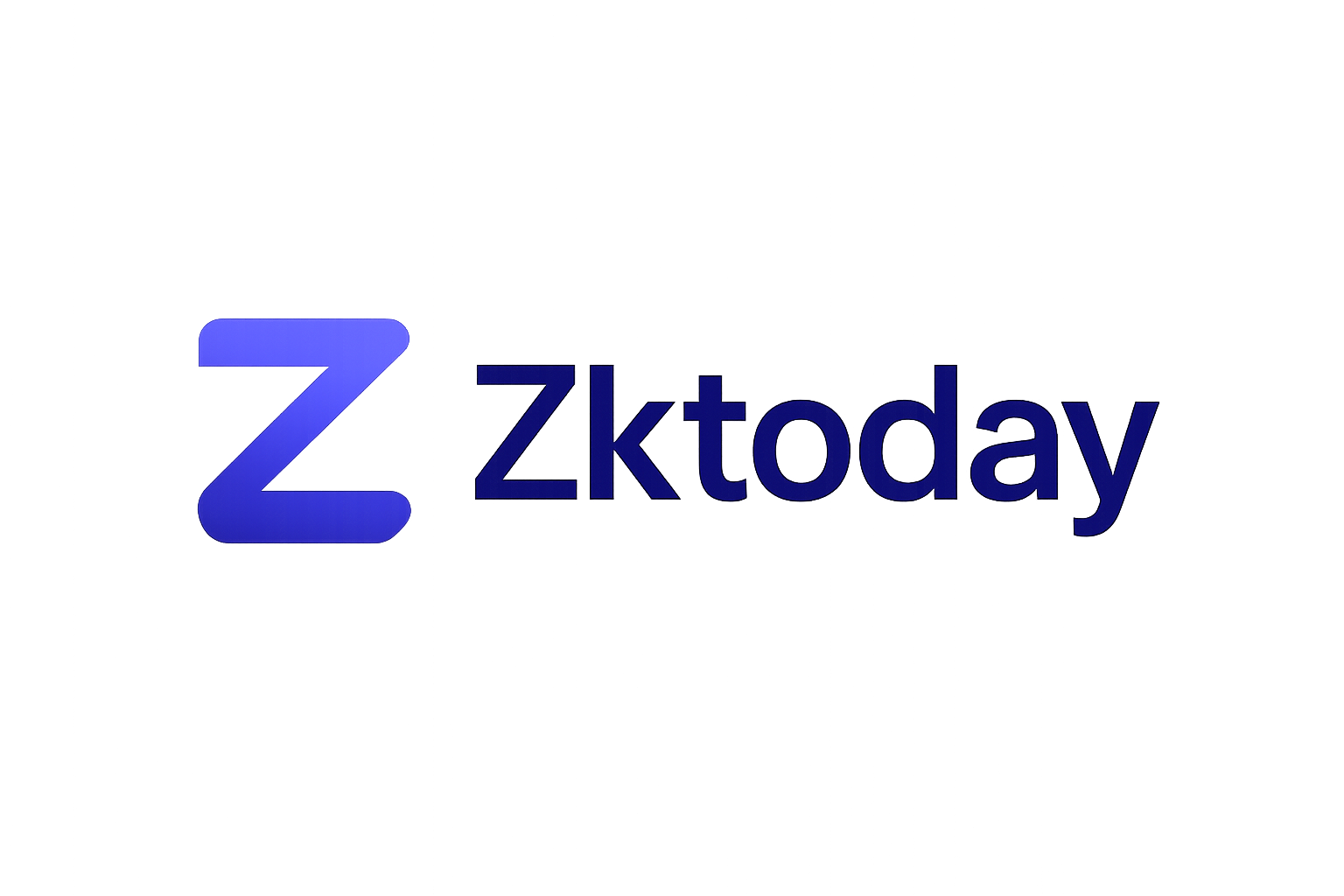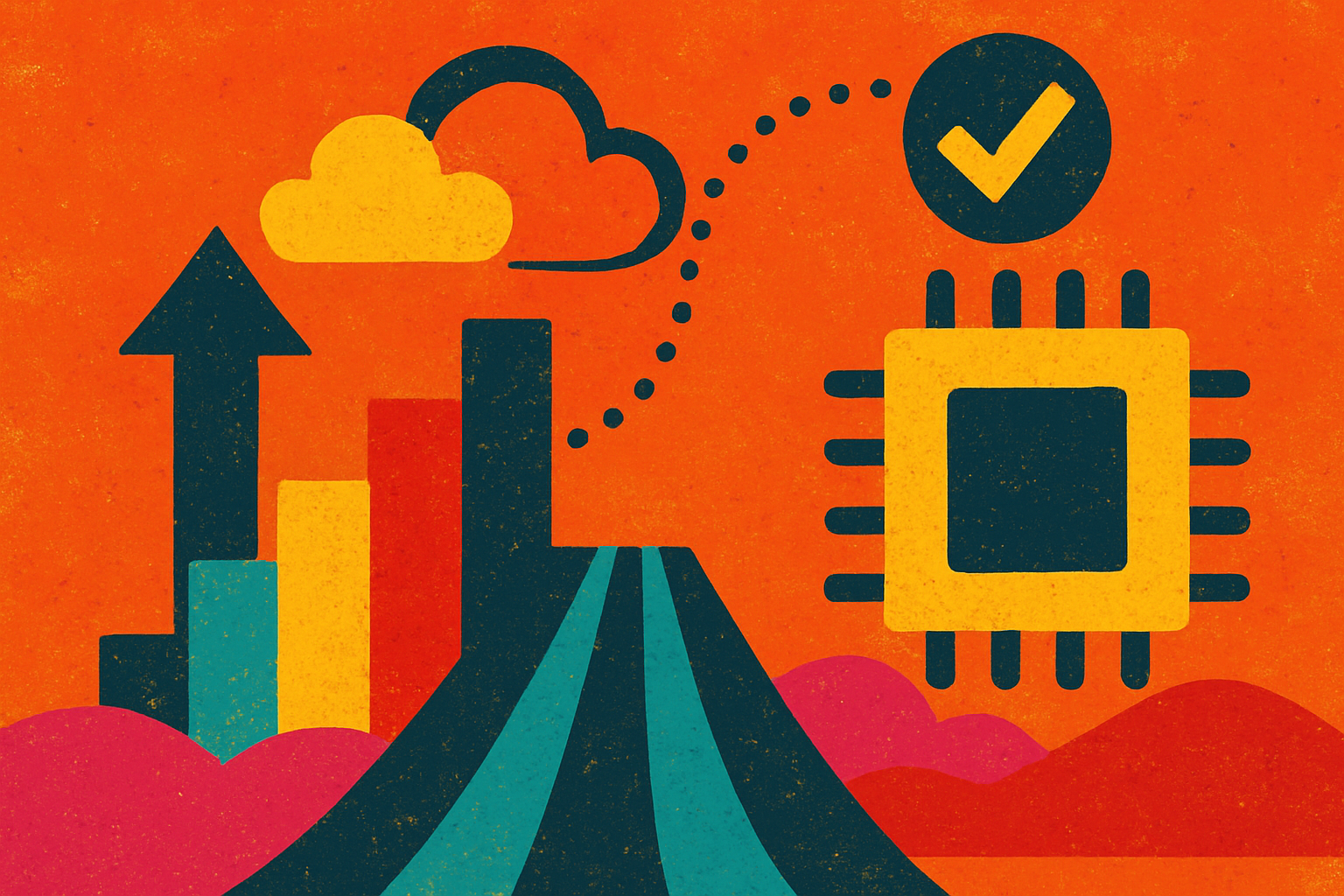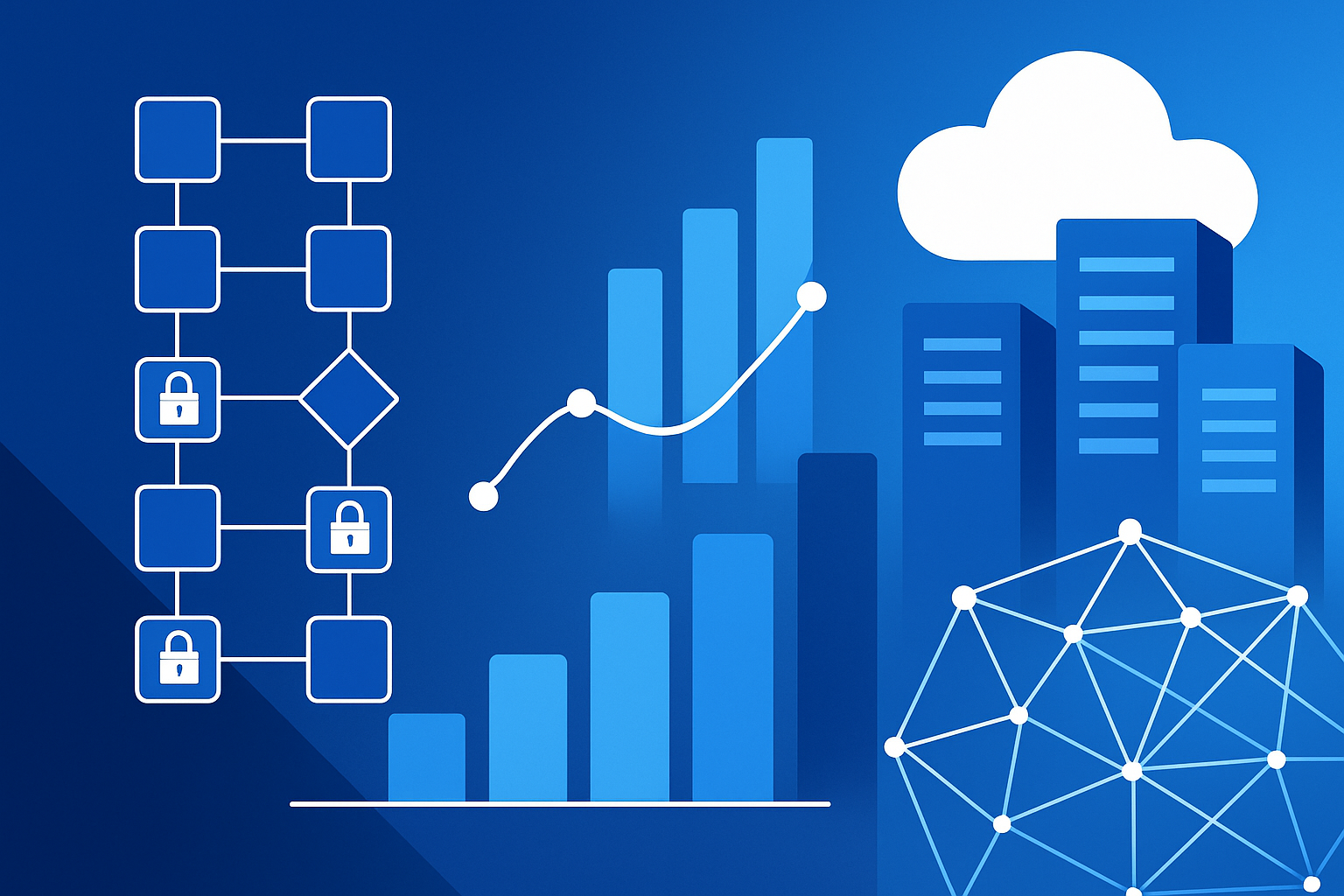
Blockchain technology has always promised decentralization and security, but as usage has grown, so have its limitations. The most persistent challenge? Scalability. As networks like Ethereum and Bitcoin strive to serve millions of users, transaction bottlenecks and high fees have become the norm. Enter zk rollups: a groundbreaking solution that leverages advanced cryptography to enable trustless scaling without compromising on decentralization or security.

What Are ZK Rollups? Layer 2 Scaling with Zero-Knowledge Proofs
ZK rollups, or zero-knowledge rollups, are a type of Layer 2 scaling solution that moves the heavy lifting of computation and state updates off the main blockchain (Layer 1) and into specialized off-chain networks. Instead of recording every single transaction on-chain, zk rollups bundle thousands of transactions together and then generate a succinct cryptographic proof, often a zk-SNARK or zk-STARK. This proof is all that’s needed for the main chain to verify the validity of those transactions.
The beauty lies in the efficiency: only minimal data is posted on-chain, drastically reducing congestion and fees. For users, this means faster transaction times and significantly lower costs, without sacrificing the core tenets of blockchain trustlessness.
The Prover-Verifier Model: Trustless Execution at Scale
The magic behind zk rollups is made possible by two key actors: provers and verifiers.
- Provers: These are specialized entities (often operators running powerful hardware) responsible for collecting batches of off-chain transactions. They execute these transactions, update the off-chain state, and then generate a zero-knowledge proof that attests to the validity of all operations in the batch, without revealing any sensitive details about individual transactions.
- Verifiers: Deployed as smart contracts on Layer 1 blockchains like Ethereum or Bitcoin, verifiers check these proofs using efficient algorithms. If a proof checks out, the verifier updates the main chain’s state accordingly. This process is computationally lightweight compared to re-executing every transaction individually, making it accessible for any node in the network.
This separation enables true trustless execution: no single party needs to be trusted with transaction details or computation integrity. The cryptographic proof stands as an unforgeable guarantee.
The ZK Rollup Lifecycle: From Transaction Submission to Finality
The typical flow for a zk rollup looks like this:
- User Transactions: Users submit their transactions to a zk rollup operator (the prover).
- Batched Processing: The prover aggregates these transactions into large batches and processes them off-chain.
- Proof Generation: After processing, the prover generates a zero-knowledge proof summarizing all state transitions within that batch.
- On-Chain Verification: The proof, and only minimal batch data, is submitted to a verifier contract on Layer 1. If valid, this contract finalizes state changes for all included transactions at once.
This design not only compresses thousands of operations into one succinct update but also shifts heavy computation away from congested main chains, a massive leap forward for blockchain scalability. For an even deeper dive into how this process achieves sub-second finality and up to 100k TPS on EVM-compatible chains, check out our detailed guide at this link.
Yet, even with these clear advantages, the prover-verifier dynamic introduces nuanced trade-offs and ongoing innovation. The computational burden of proof generation is not trivial. Provers often require specialized hardware or distributed proving networks to efficiently handle thousands of transactions at once. Projects like zkSync, StarkNet, and Polygon zkEVM are actively exploring decentralized proving marketplaces where anyone can contribute proving power, increasing resilience and reducing centralization risks.
Meanwhile, verifiers remain elegantly simple by design. Their only job is to validate cryptographic proofs and update the blockchain’s state if the proof is sound. This minimal on-chain footprint means that even as user demand surges, verification costs stay low and predictable, ensuring that zk rollups remain accessible for both small-scale users and enterprise-grade applications alike.
Security, Compression, and Decentralization: Why ZK Rollups Matter
Let’s break down the core benefits driving adoption:
- Scalability: By batching transactions off-chain and submitting a single proof, zk rollups can process thousands of operations in the time it takes Layer 1 to process one. This leads to exponential throughput gains, vital for mainstream adoption.
- Cost Efficiency: Gas fees are dramatically reduced since only essential data (not every transaction) hits the main chain. This efficiency opens doors for microtransactions and new business models previously priced out by high fees.
- Security and Trustlessness: Zero-knowledge proofs ensure that only valid transactions are accepted without revealing sensitive user data or requiring trust in any centralized operator.
- Data Compression: Succinct proofs mean less on-chain data bloat, a crucial factor as blockchains grow in size and complexity.
Key Differences Between Provers and Verifiers in ZK Rollup Architecture
| Aspect | Prover | Verifier |
|---|---|---|
| Role | Aggregates off-chain transactions and generates cryptographic proofs (e.g., zk-SNARK, zk-STARK) | Validates proofs submitted by provers on the main blockchain |
| Location | Operates off-chain (Layer 2) | Operates on-chain (Layer 1, as a smart contract) |
| Resource Requirements | Requires substantial computational resources and often specialized hardware | Computationally efficient; can be performed by any node without special hardware |
| Main Function | Executes transactions, updates off-chain state, and creates a succinct proof of validity | Checks the validity of the proof and ensures state transitions are correct |
| Data Processed | Processes large batches of transactions off-chain | Processes only concise cryptographic proofs on-chain |
| Security Contribution | Ensures privacy and integrity of off-chain computations through zero-knowledge proofs | Prevents invalid state transitions by enforcing blockchain rules |
| Scalability Impact | Enables batching and compression of transactions for scalability | Allows efficient on-chain verification, supporting high throughput |
| Who Can Operate | Typically specialized operators or entities with powerful hardware | Any blockchain node or user interacting with the smart contract |
The interplay between provers and verifiers is what makes this model so robust. While provers shoulder heavy computation off-chain, verifiers act as incorruptible gatekeepers on-chain. This division of labor allows blockchains to scale while retaining their original ethos of decentralization.
If you’re curious about how decentralized proving networks are evolving, and why they’re critical for the next generation of scalable blockchains, don’t miss our deep-dive at this resource.
Challenges and The Road Ahead: What’s Next for ZK Rollups?
No technology is without hurdles. For zk rollups, some key challenges include:
- Proof Generation Latency: Generating zero-knowledge proofs remains resource-intensive, though ongoing research into hardware acceleration, parallelization, and more efficient proof systems (like recursive SNARKs) is rapidly closing this gap.
- User Experience: Abstractions like account aggregation or seamless bridging between Layer 1 and Layer 2 are still maturing but are crucial for mass adoption.
- Ecosystem Decentralization: Ensuring that both provers and sequencers cannot collude or censor transactions remains a top priority for protocol designers.
The pace of progress is remarkable. As cryptographic primitives become more efficient and developer tooling matures, we’re witnessing an explosion in real-world applications, from DeFi protocols with near-instant settlement to privacy-preserving identity systems built atop zk rollup infrastructure.
Zk rollups have already shifted the narrative around blockchain scalability from theoretical promise to practical reality. By harnessing advanced math, and a carefully balanced prover-verifier architecture, these protocols deliver on crypto’s original vision: open access, trustless security, and global scale without compromise.






